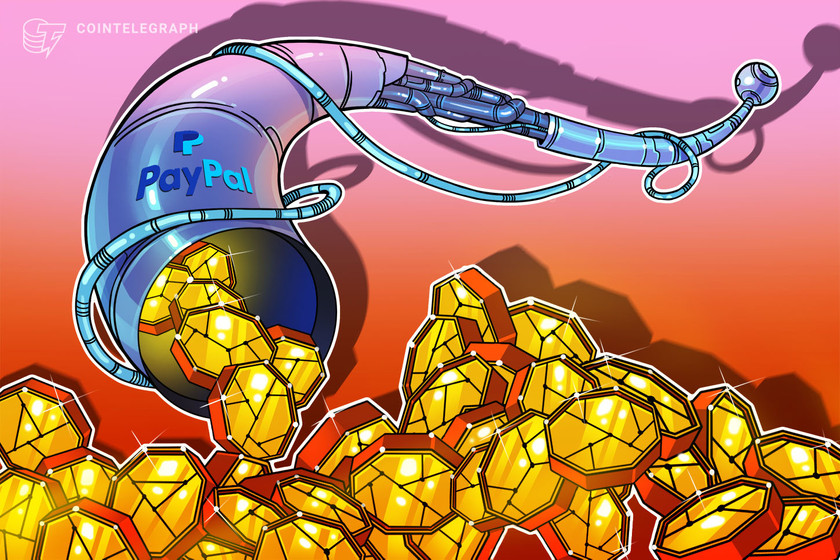Africa can create an inclusive society with blockchain, says LBank CEO


Allen Wei, CEO of crypto exchange LBank, told Cointelegraph that blockchain could contribute to the creation of a robust economy in Africa.
As one of the most populated continents, Africa continues to be an important target for blockchain proponents, as adoption in the region could significantly impact the broader crypto economy.
In an interview with Cointelegraph, Allen Wei, CEO of crypto exchange LBank, explained that blockchain could significantly impact Africa. Moreover, Wei highlighted that adoption within the region could have an effect on crypto and underscored the importance of supporting projects throughout the continent.
Blockchain presents an opportunity to solve Africa’s economic problems. The executive emphasized that the technology could create an inclusive society on the continent, explaining:
“With the help of blockchain, Africa can create an inclusive society with a robust economy and the highest standards of living. A larger economic system might be built where more people will be employed and have access to greater wealth than ever before.”
The LBank CEO also highlighted that the region could also have a big impact on the broader crypto ecosystem. Because of the large population in the region, Wei believes that adoption in Africa would make it easier for other regions to accept crypto as well. He said:
“With such a large number of people using cryptocurrency, it will become easier for others around the world to accept it too, which will cause a positive turnaround in the crypto economy.”
Furthermore, Wei also expressed that helping the region means the crypto space will have a wider reach. “If we can help Africa become one of the most crypto-friendly continents on the planet, then we will be able to reach a larger audience than ever before,” he said.
In addition, the LBank executive talked about the importance of funding the growth of local projects. Wei noted that crypto and blockchain projects in Africa often face challenges in terms of funding, despite the region’s potential.
Related: Lending network enables transparent credit history in Africa via blockchain partnership
According to Wei, this is one of the reasons LBank’s venture capital arm launched an accelerator program to help local projects on the continent. Wei believes the program can help create more jobs and increase revenue in the region.










